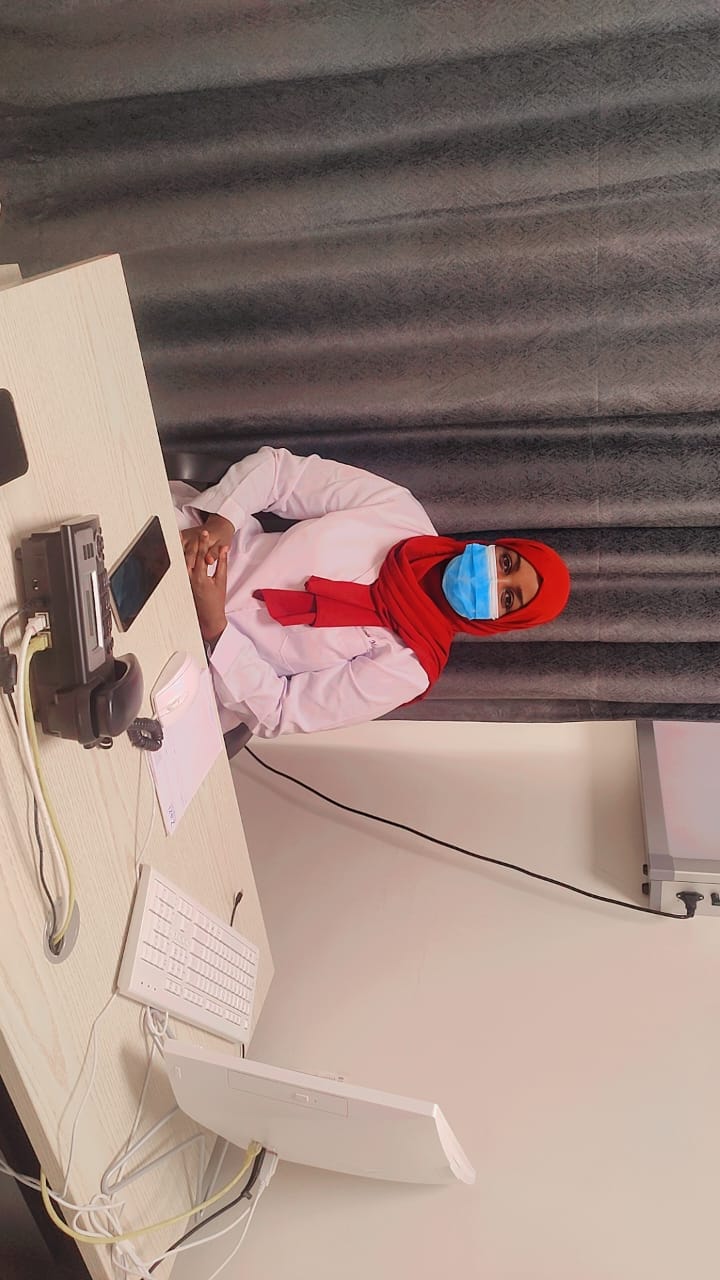The silent struggles and rise of panic attacks, anxiety disorders

Women are twice as likely as men to be diagnosed with panic disorder, typically developing this condition in late adolescence or early adulthood.
A panic attack is a sudden and intense episode of fear or anxiety that can feel overwhelming. It typically includes physical symptoms like a racing heart, shortness of breath, sweating, and a sense of losing control, even when there's no immediate danger present.
Experts report a rise in cases of panic attacks, often mistaken for heart attacks or asthma, due to similar symptoms.
More To Read
- Violence is a normal part of life for many young children: Study traces the mental health impacts
- When birth brings heartbreak: Mothers share their stories of children with deformities
- Explainer: As mental health challenges rise, here is what you need to know about antidepressants
- Mental health advocates call for community-based support as economic strain deepens
- How to talk to your kids about mental health
- Doctors Without Borders sounds alarm as mentally ill detained in South Sudan prisons
According to the World Health Organisation (WHO), anxiety disorders are the most prevalent mental health disorders globally, affecting 301 million people in 2019, with a higher prevalence among women than men.
Women are twice as likely as men to be diagnosed with panic disorder, typically developing this condition in late adolescence or early adulthood.
Symptoms often emerge in childhood or adolescence and can significantly disrupt daily life, social interactions, and academic or occupational performance if left untreated.
Amina Mohamed, a 37-year-old woman from Eastleigh, has been experiencing panic attacks for the last five years. "When I encounter stressful or dreadful situations, I have panic attacks and suddenly feel very overwhelmed by everything," she says.
Amina's condition began in 2019 due to pressure at work, and since then, she has been trying to cope with it. "During these attacks, I usually have difficulty breathing, and my heart beats very fast, especially when I'm under pressure or facing deadlines," Amina explains.
To manage these episodes, she drinks a lot of tea and takes walks. "I've never sought medical treatment for it, but I've learned to cope and just get by," she adds.
According to Dr Hanna Muse from Zazi Hospital, panic attack cases are becoming more common in Eastleigh. "Panic attacks often start with a thought, particularly when faced with difficult situations," she explains. Symptoms can include shortness of breath, a rapid heartbeat, and sweating, which vary from case to case.
"Many people mistake shortness of breath for asthma when it could be a panic attack often discovering the error after undergoing numerous tests, which can lead to significant harm," Dr Muse notes.
 Dr Hanna Muse, a psychologist at Zazi Hospital. (Photo: Charity Kilei)
Dr Hanna Muse, a psychologist at Zazi Hospital. (Photo: Charity Kilei)
"People experiencing panic attacks can collapse or even become unconscious when faced with tough situations," she continues. The triggers usually arise when patients feel they cannot handle a hard situation or one they don't want to deal with. "We've seen many young people, especially teenagers, developing these attacks, but it's also prevalent among adults and older people," Dr Muse says.
Older individuals often face panic attacks when dealing with issues like financial constraints and family problems, although it varies from case to case.
"I handled a case of an 18-year-old who had been facing panic attacks for two years. Her symptoms included anger and frequent fainting. When we probed further, we found out she was having a hard time at home due to family issues," Dr Muse shares. Due to her anger, the patient could not talk to anyone.
Treatable
"Panic attacks are treatable. We usually teach patients to understand how to deal with them," Dr Muse explains. "It's important to change your thoughts when faced with triggers, know what those triggers are, and learn how to control your breathing. In severe cases, we prescribe medication."
Dr Muse highlights that many people treat asthma when they might actually be dealing with panic attacks.
A panic attack manifests as an abrupt and overwhelming wave of fear, accompanied by a sense of losing control, feelings of unreality, extreme anxiety, and an irrational fear of impending doom, even in the absence of real danger.
 Women are twice as likely as men to be diagnosed with panic disorder, typically developing this condition in late adolescence or early adulthood. (Photo: Shutterstock)
Women are twice as likely as men to be diagnosed with panic disorder, typically developing this condition in late adolescence or early adulthood. (Photo: Shutterstock)
Symptoms of a panic attack include a racing heart rate, chest pains, difficulty breathing or hyperventilating, sensations of "pins and needles" in fingers or toes, swallowing difficulties or a choking sensation, trembling, sweating, flushing, numbness, lightheadedness, dizziness, nausea, and digestive issues. Individuals may also feel they are about to die or lose control, have trouble concentrating, be easily startled or constantly on edge, and fear the recurrence of panic attacks.
Panic disorder's exact causes are not fully understood, but research suggests a genetic predisposition and the influence of prolonged or highly stressful events, such as the loss of a loved one.
To mitigate the stress and anxiety associated with panic attacks, maintaining a healthy diet rich in whole grains, vegetables, and fruits is essential. Relaxation techniques, controlled breathing exercises, and visualisation can help alleviate physical symptoms and manage distressing thoughts.
Meditation, particularly mindfulness meditation, enhances awareness of thoughts and emotions without judgment, promoting inner calm.
Effective treatments for anxiety disorders include psychological interventions such as cognitive-behavioural therapy (CBT), which helps individuals reframe anxious thoughts and confront anxiety triggers.
Stress management skills and relaxation techniques further aid in symptom reduction. Medications like selective serotonin reuptake inhibitors (SSRIs) may also be prescribed, though healthcare providers must consider potential side effects and individual preferences.
Self-care practices like avoiding alcohol and illicit drugs, maintaining regular exercise routines, adhering to a consistent sleep schedule, and practising mindfulness meditation are crucial for managing anxiety symptoms and promoting overall well-being.
WHO emphasises community-based initiatives for anxiety prevention, including parental education, school-based programs fostering emotional resilience in children and adolescents, and exercise programs to mitigate anxiety disorders in adults.
Addressing anxiety disorders requires a comprehensive approach involving early intervention, accessible treatments, and supportive community strategies to improve mental health outcomes worldwide.
Top Stories Today












































